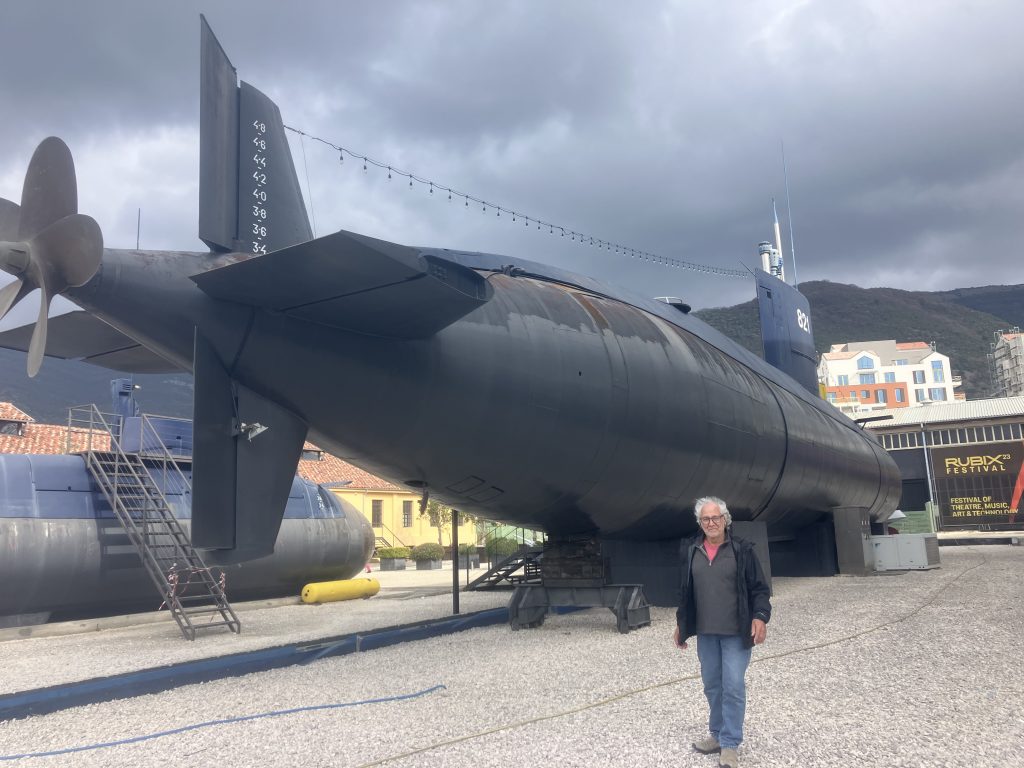
From the moment we got to Porto Montenegro, we had wanted to visit the Naval Heritage Museum, particularly to have a chance to get inside a vintage Yugoslav submarine. The museum had been closed all winter, and then we finally got word that they had reopened.The director, Katarina, met us at the door, and proceeded to give us a personal tour of the entire museum.
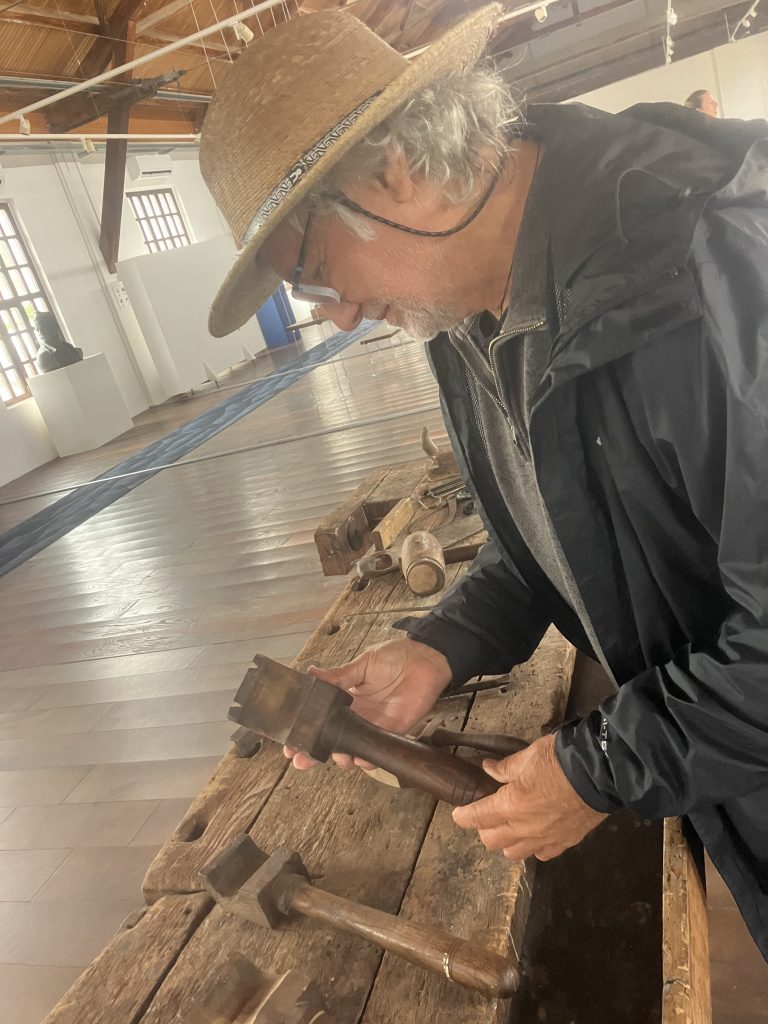
The museum itself sits on the site of the Arsenal shipyard, first built in 1889 by the Austro-Hungarians to increase their access to the Med. The original synchro lift and shed are still in place, and the museum has collected both small and large pieces to display.
We started inside the museum. Aside from the tools and photos, three things caught our eye. The first was the scuba gear used by teams to go down and fix fuselages. The combined gear plus weight belts weighed up to 70 kg – the weight of a man himself!
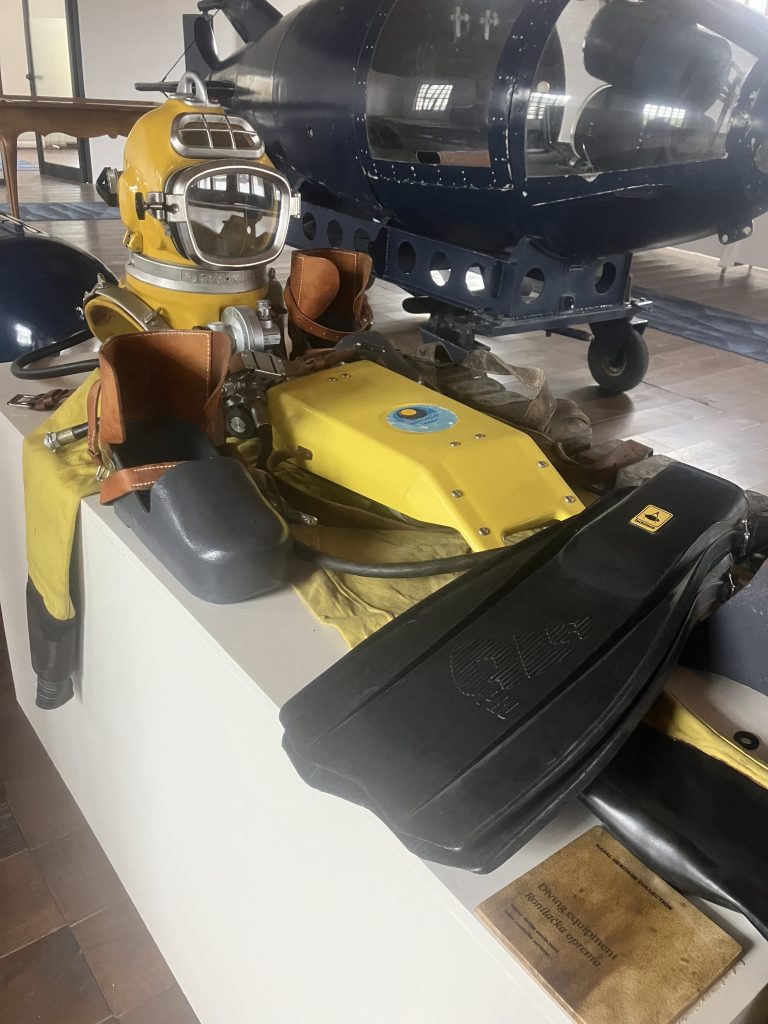
The next were original submersibles. Built in the late 60s to early 70s, these machines could go to a depth of 60 meters at 6 knots and drop a bomb. Pretty potent in those days.
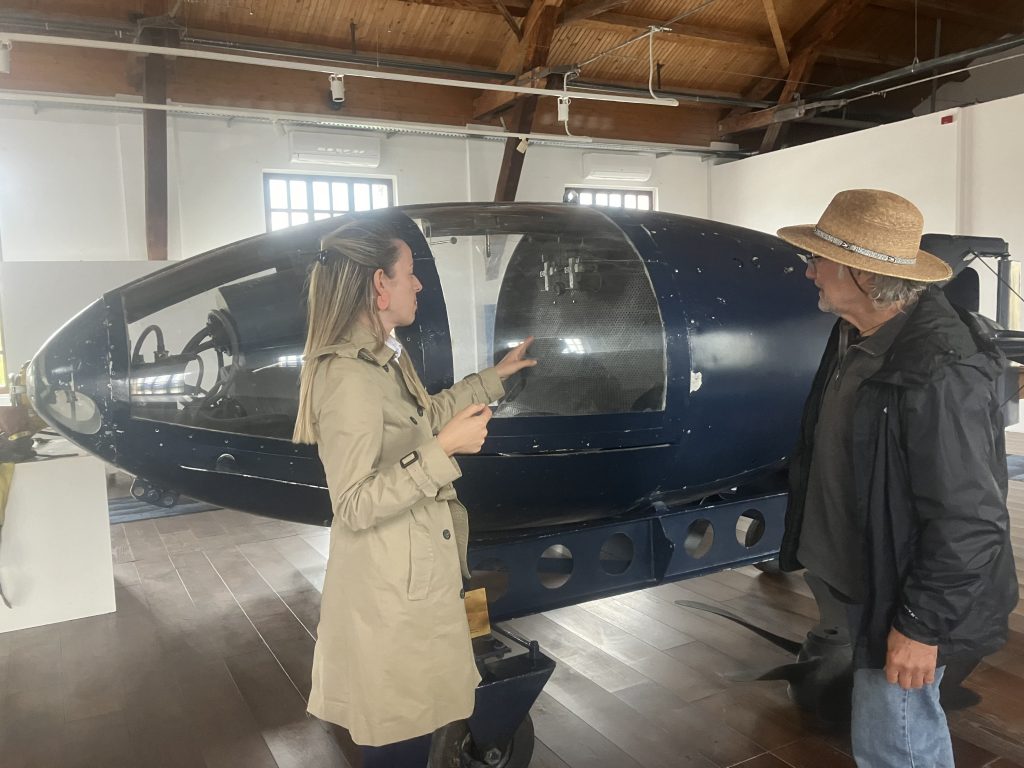
Next to the mine-dropper was what Katarina described as the original underwater drone – a early minesweeper.
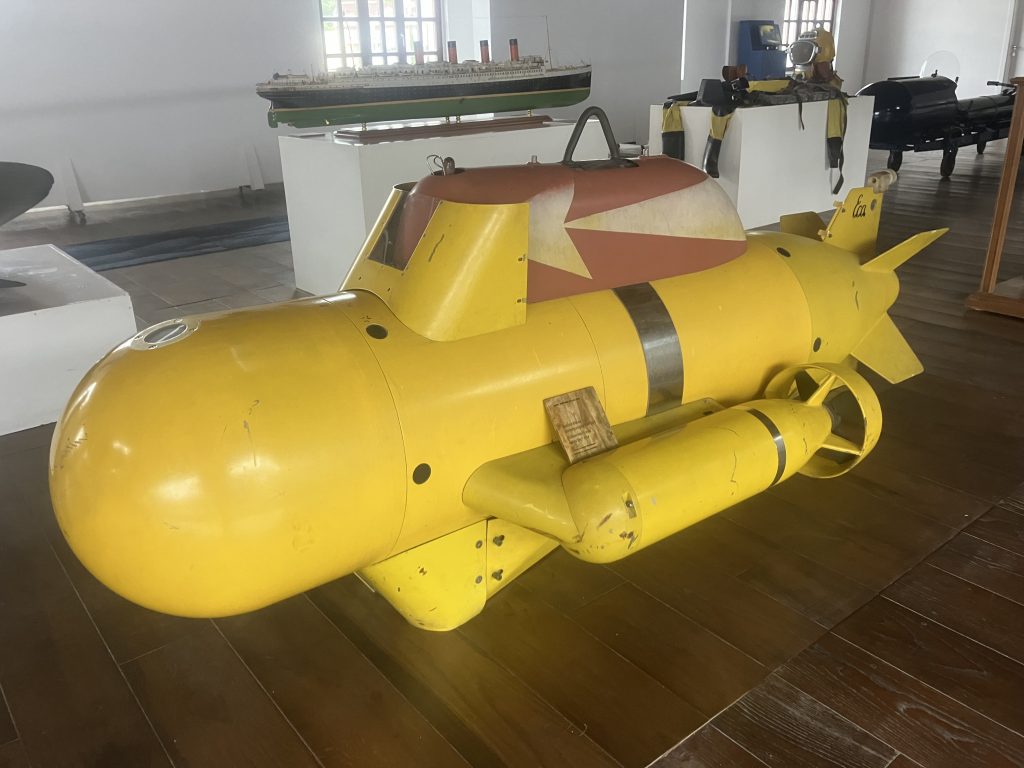
After walking around the displays, we headed across to tour an original Heroj P-821. This particular submarine had been built in Croatia, but was representative of the types built and serviced in Tivat. At one point, all of the most talented marine engineers in Eastern Europe may have worked in this yard. (Earlier this spring, we met Gabriel, the former head engineer of the naval yard, who now has his own metal shop does fabrication and tooling at the age of 83.)
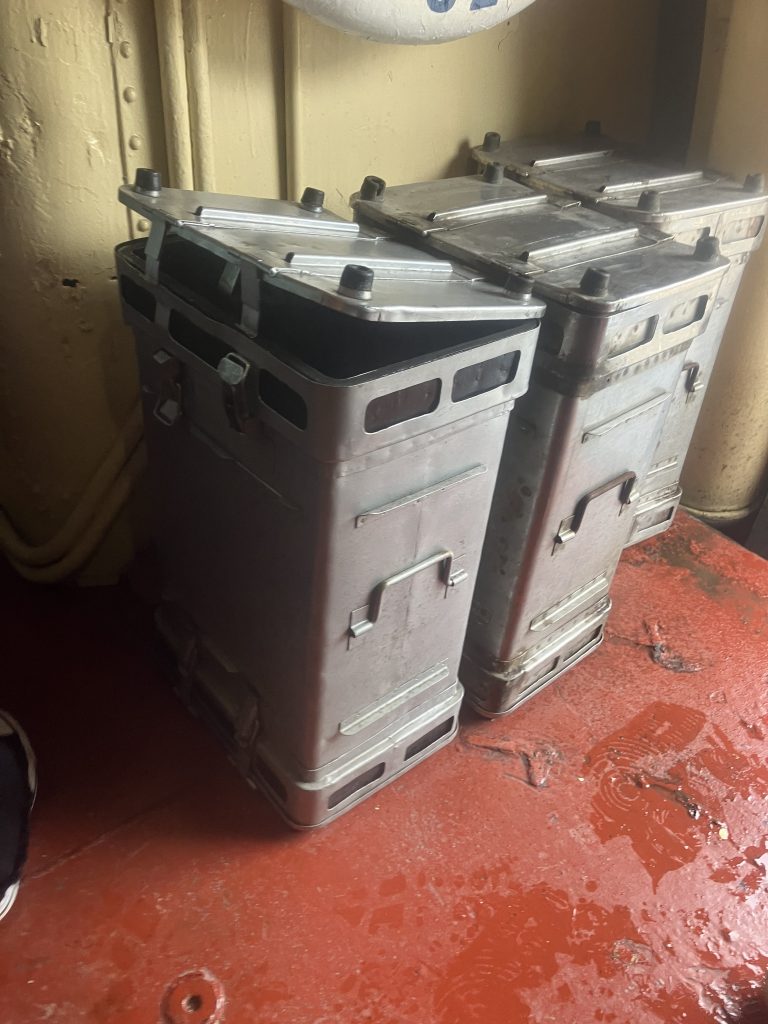
The 50 meter submarine was built in 1968, manned by a crew of 28, and had both electric and diesel engines. She could reach a depth of 210 meters comfortably. Armed with missiles, one of the four tubes was always left empty, as the tube could be used by all but one of the crew (sacrificial) to escape to the surface with dive gear if the sub was compromised.
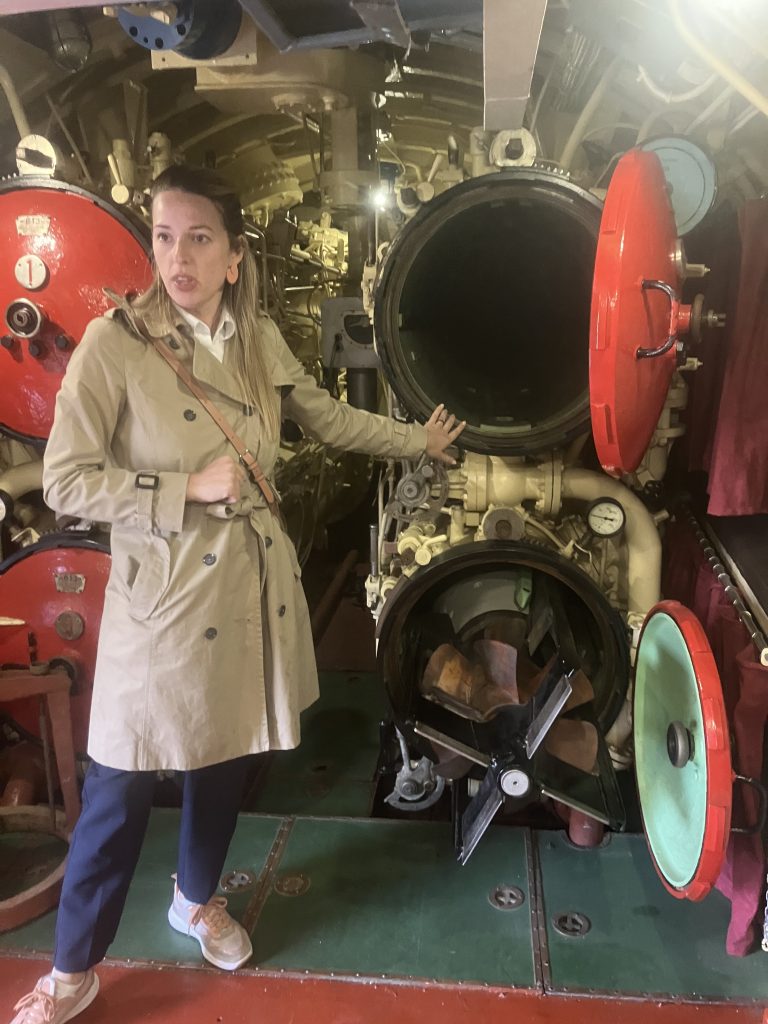
We are not sure if this story was true or not, but Katarina was recently told (by someone who participated in the event), that during the 90’s, when Yugoslavia was under attack by NATO air raids, they wanted to hide the submarine. Everyone knew about the tunnels in Boka Bay (that we had visited ourselves by foot and by boat), so they sunk the sub in Kotor Bay for a month. The reasoning was that Kotor was already designated as a UNESCO world heritage site and they figured no bombing would occur then. Not sure if the story is true or not, but it certainly sounds interesting.
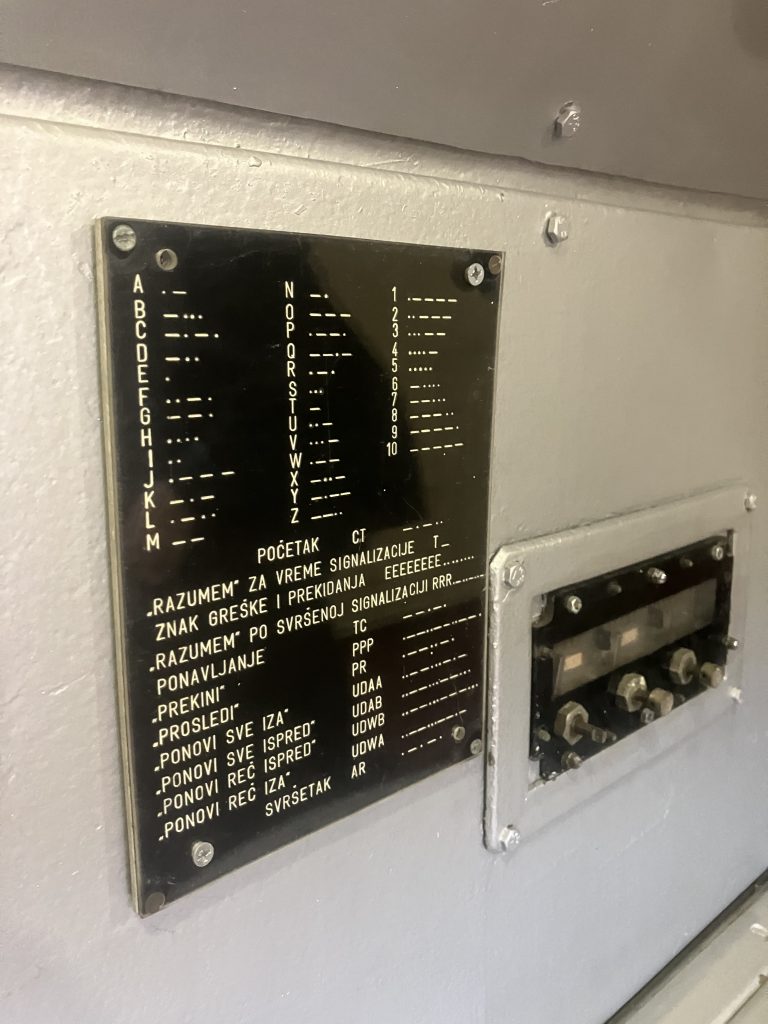
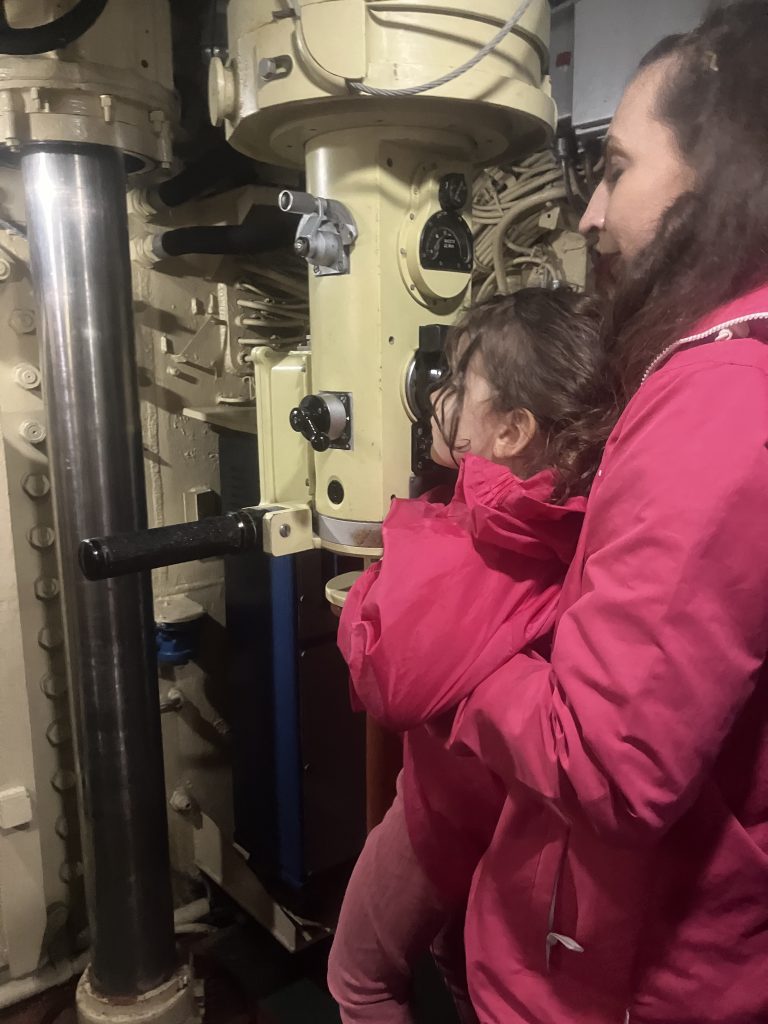
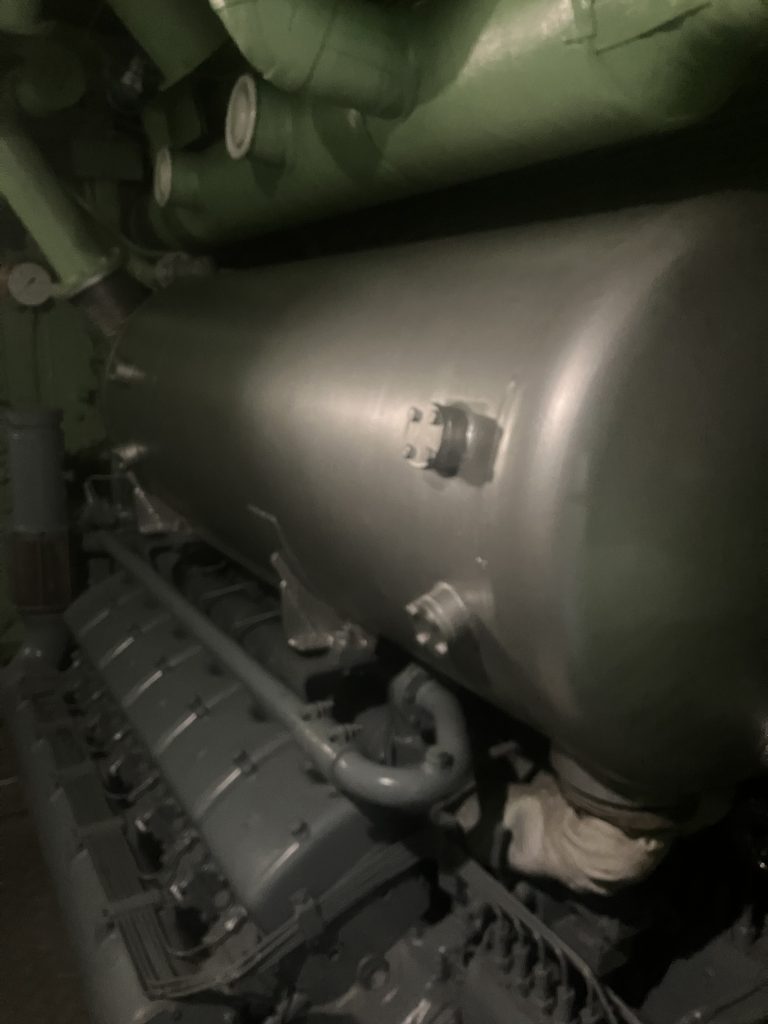

Leave a Reply